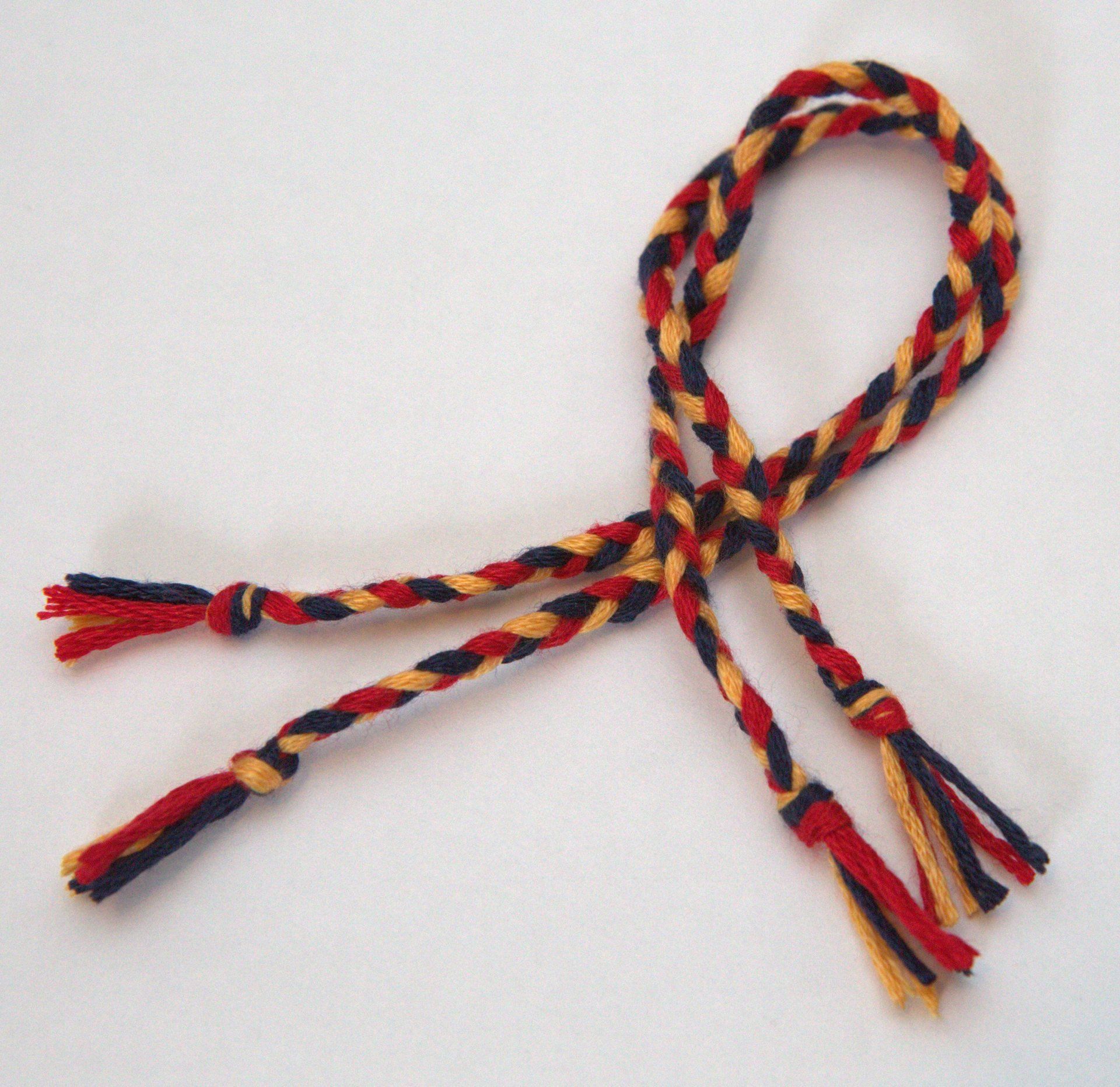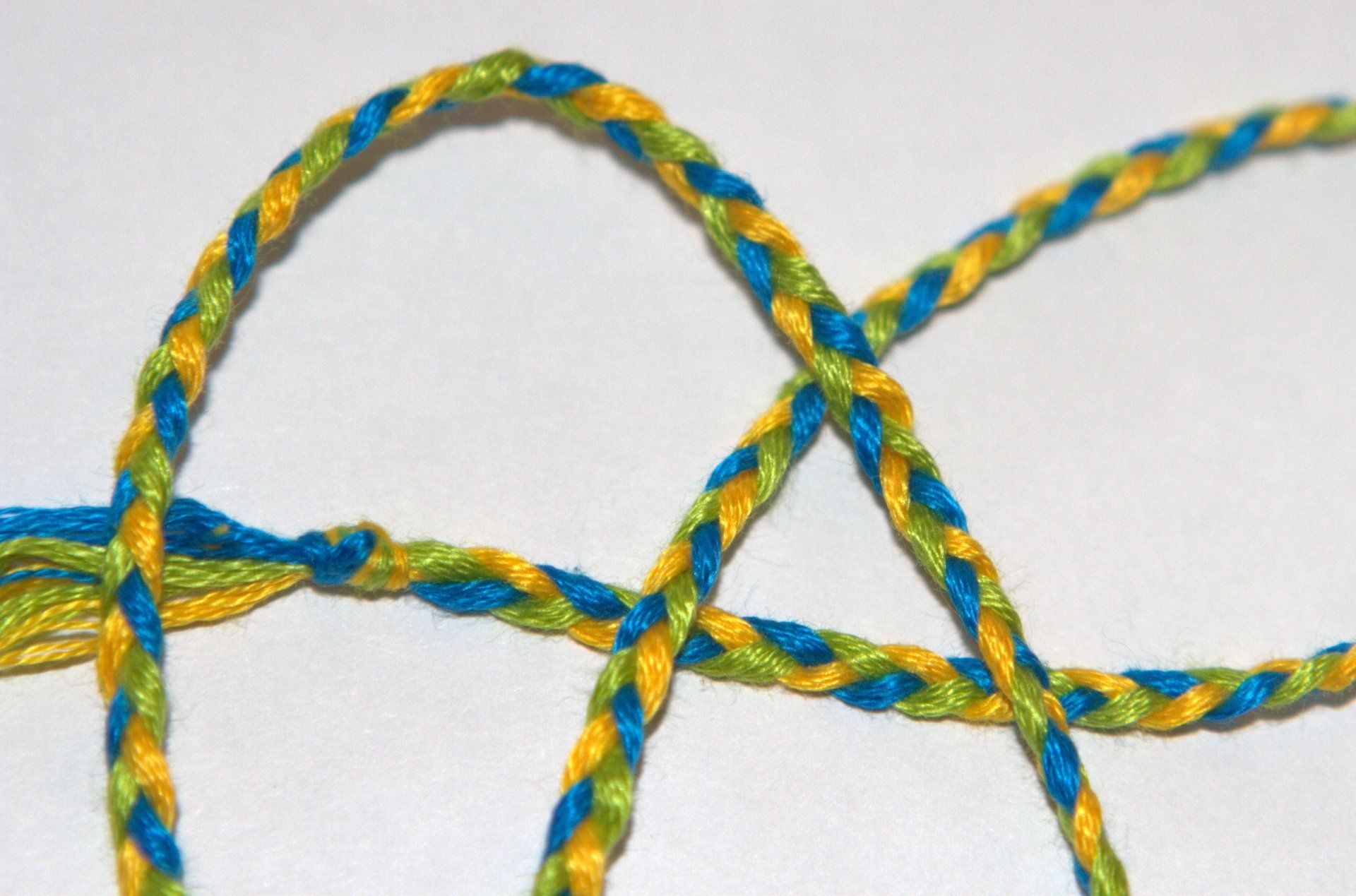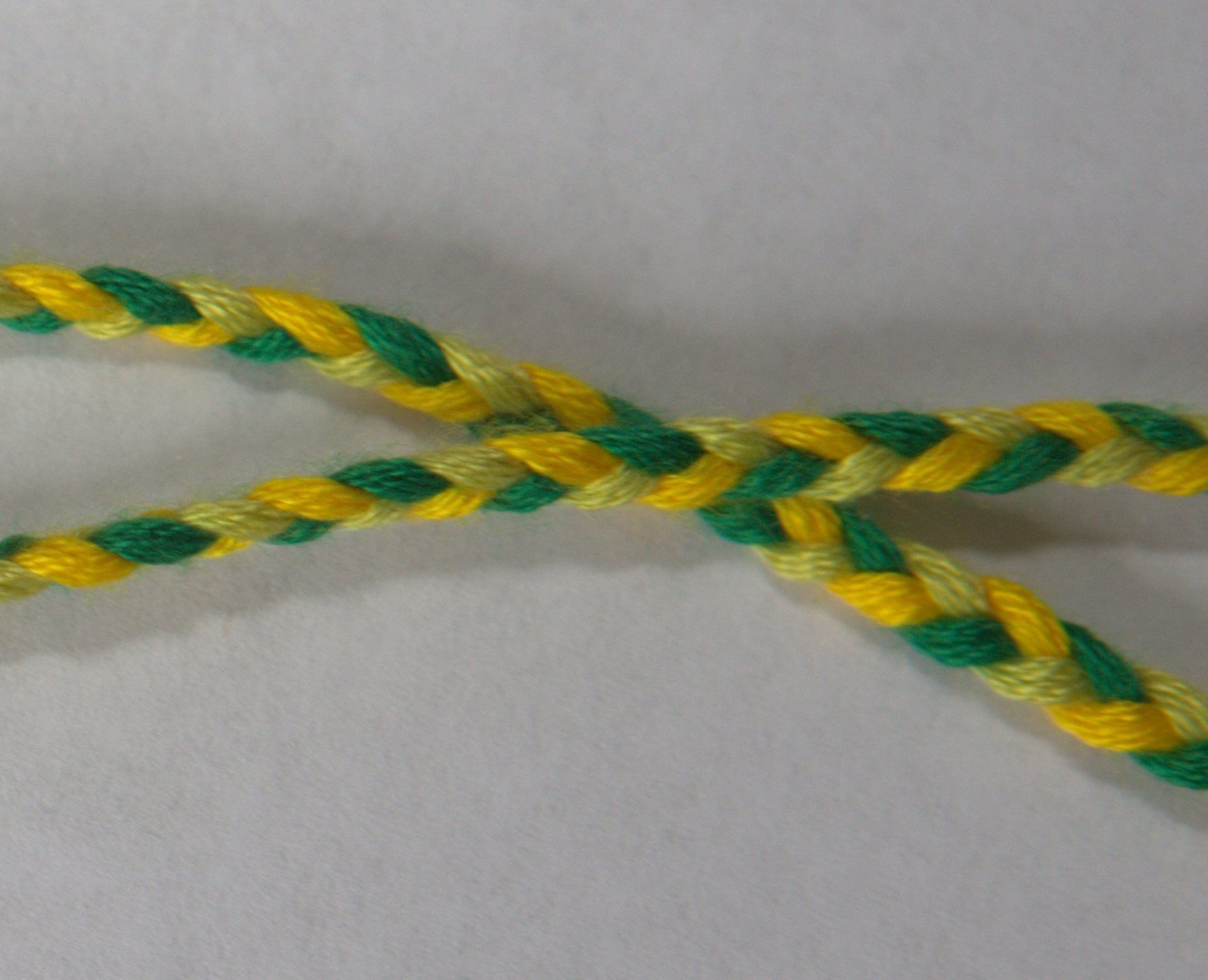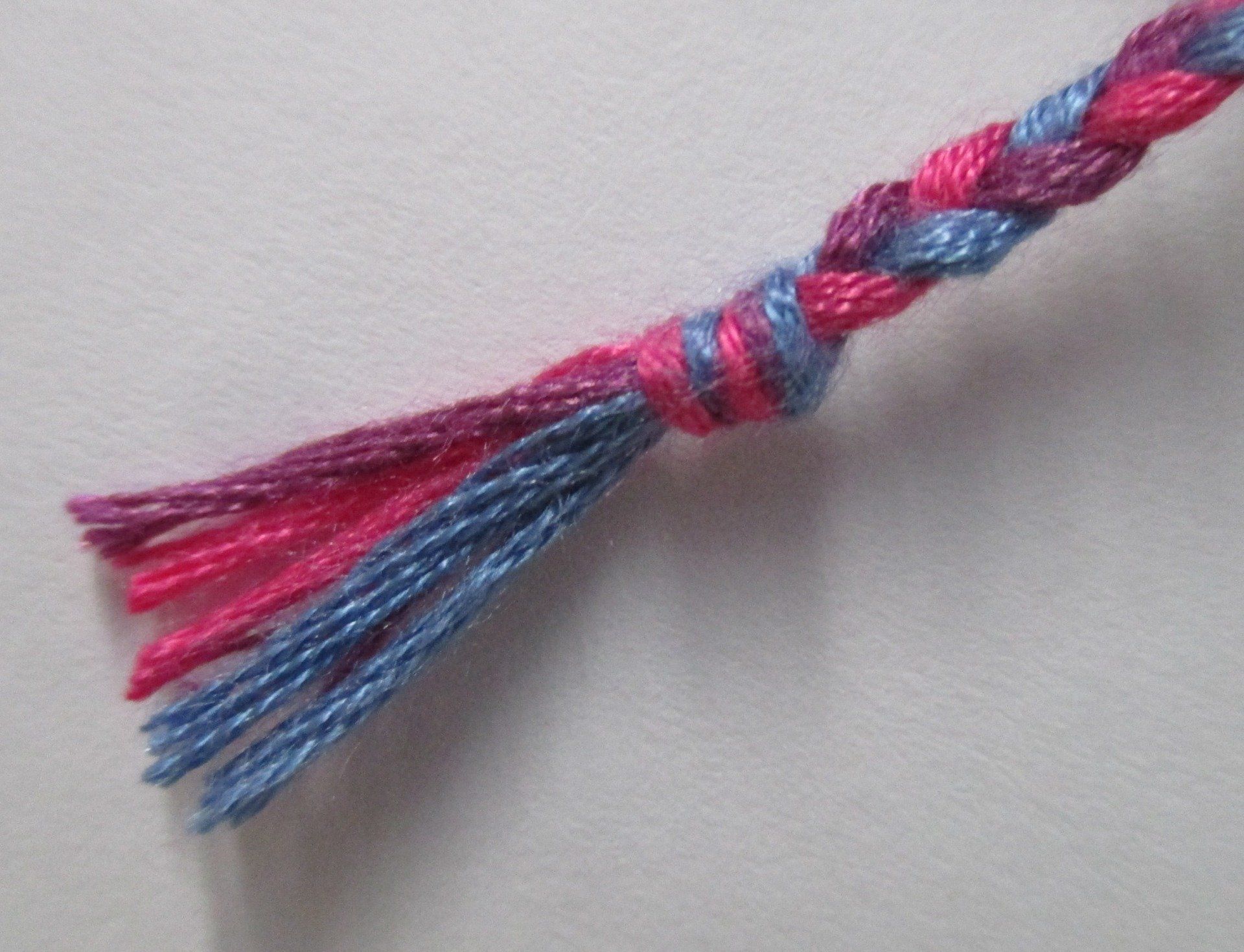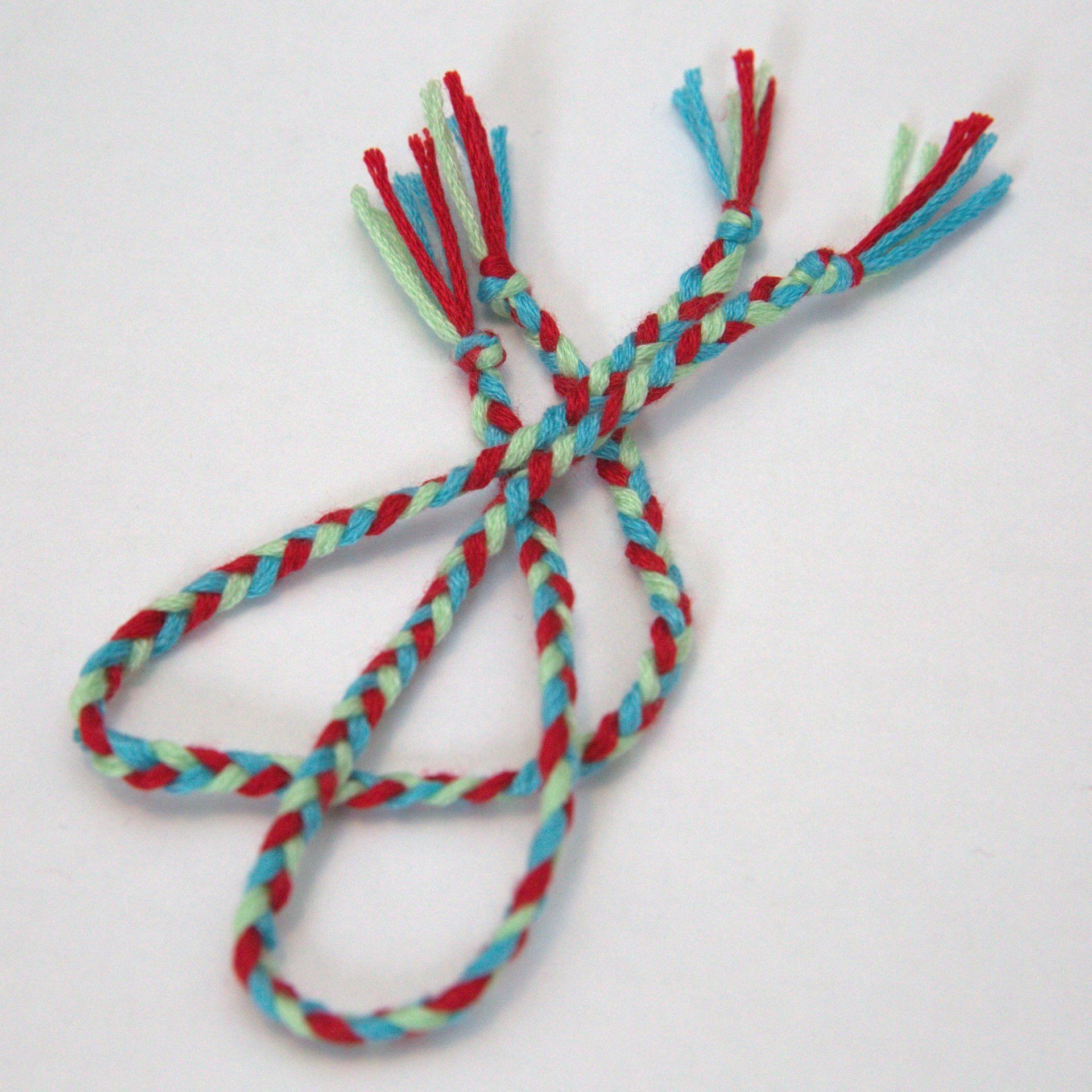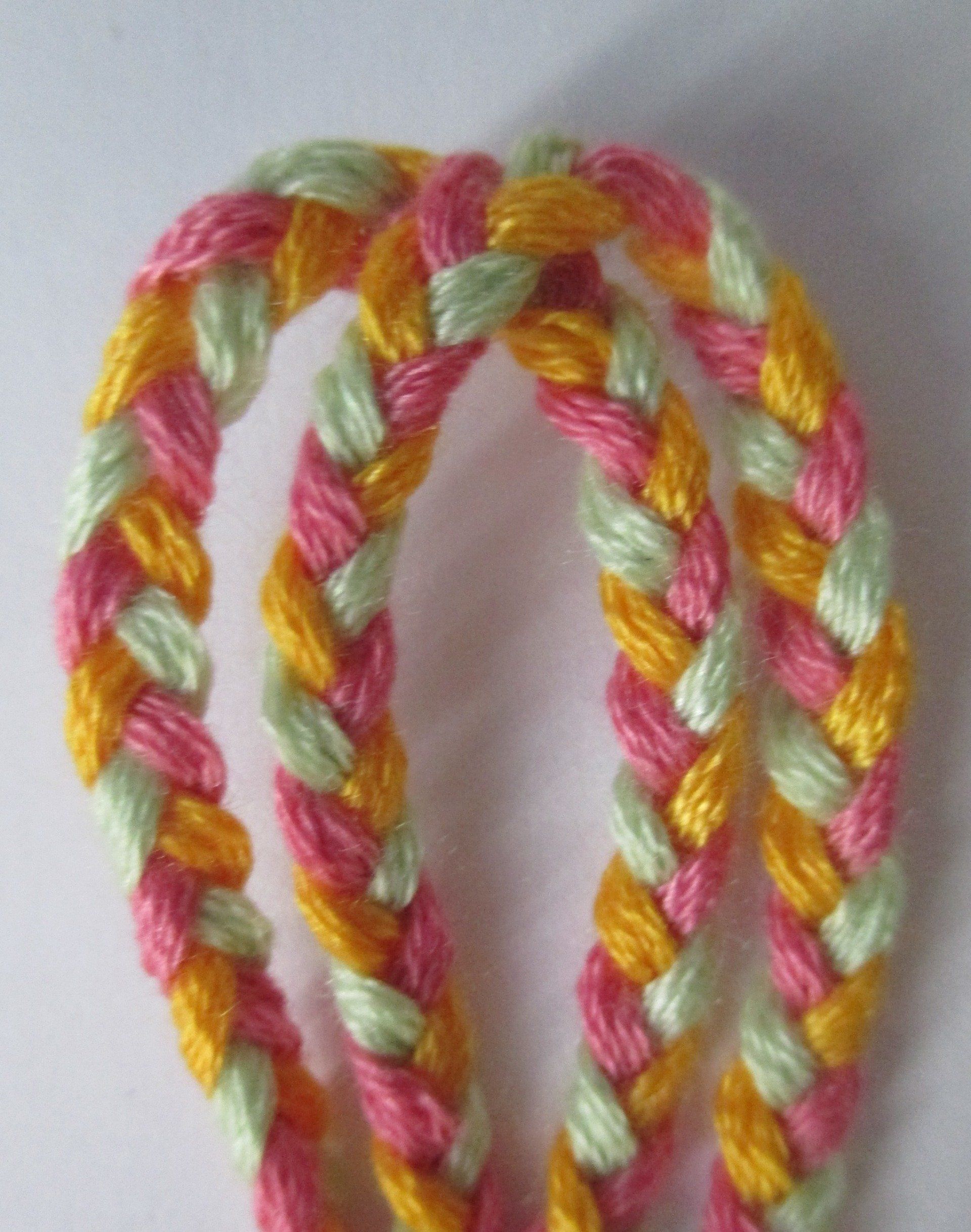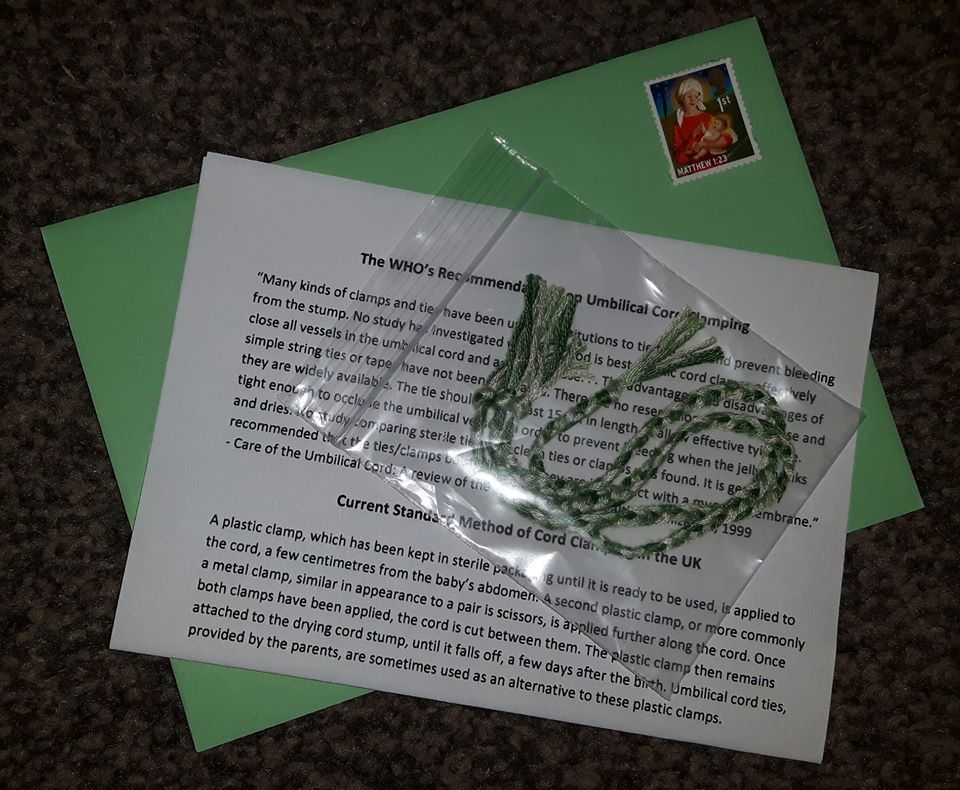Umbilical Cord Ties
The WHO's Recommendations on Umbilical Cord Clamping
"Many kinds of clamps and ties have been used in institutions to tie the cord and prevent bleeding from the stump. No study has investigated which method is best. Plastic cord clamps effectively close all vessels in the umbilical cord and are easy to use. . . The advantages and disadvantages of simple string ties or tapes have not been evaluated. There are no reservations about their use and they are widely available."
Care of the Umbilical Cord: A review of the evidence, World Health Organization, 1999
The Standard Method of Cord Clamping in the UK
A plastic clamp, that has been kept in sterile packaging until it is ready to be used, is applied to the cord, a few centimetres from the baby's abdomen. A second plastic clamp, or more commonly a metal clamp, similar in appearance to a pair is scissors, is applied further along the cord. Once both clamps have been applied, the cord is cut between them. The plastic clamp then remains attached to the drying cord stump, until it falls off, a few days after the birth.
Alternatives to Plastic Cord Clamps
Parents sometimes choose to use alternatives to clamps, such as string, ribbon, elastic bands or dental tape/floss (although using very thin floss may risk actually cutting into or even through the cord). However, one of the most commonly used alternatives are cord ties, made from cotton embroidery thread. Parents may choose to make these cord ties themselves or to purchase them. Some doulas (including myself) as well as other work-at-home-mums, make and sell cotton cord ties.
There is some debate over whether or not cord ties need to be sterile, although the WHO does recommend that they are.
Cord ties, including sterilisation instructions, may be purchased from myself for £3. Contact me to arrange collection from Optimum Corner, or if you'd prefer, to get them posted out to you.
